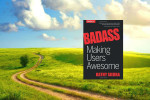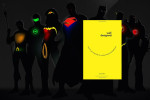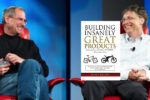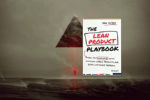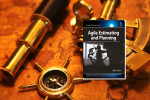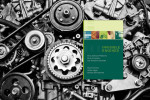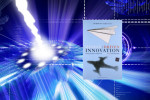Making Users Awesome
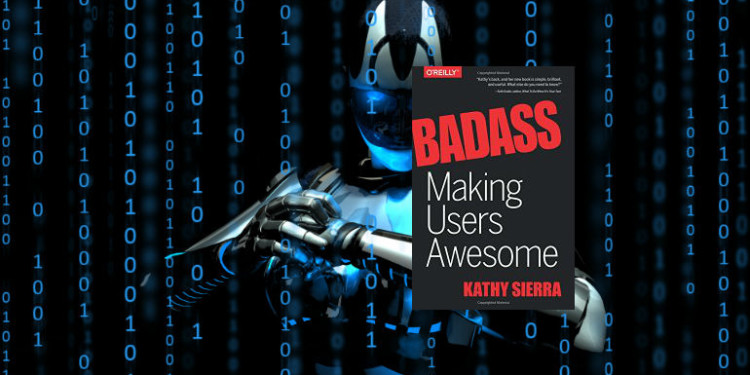
Badass: Making Users Awesome by Kathy Sierra
Don’t make an awesome product. Make users awesome. Find the larger context your product contributes to and help users become awesome in that context.
Expertise and the broader context of your product are key themes in this great book. Kathy Sierra encourages us to switch our view of products. You’re not just making a tool which enable someone to perform a technical or functional task. Think about what your user actually wants to be part of and accomplish–your product is a conduit for that.
Sustainably successful products aren’t those that have the highest quality, nor those with the most engagement, they are the ones that are recommended. Recommended means communicated literally by word of mouth. Recommendations are energized by how people feel about themselves, not how they feel about the product, the company, or the brand. Although people may say “this product is awesome”, the underlying feeling they are expressing is “I am awesome because of this product”.
People are saying they like the product because they like themselves.
With this background, Sierra says:
Instead of looking for common attributes across successful products, we must look for common attributes across successful users of those products
She turns the tables on product-oriented conversations and focuses on the results that those products create. The first exercise in the book is to write the ideal amazon review of your product. This approach is similar to amazon’s “press release” product development method (read more about it here). Sierra dissects product reviews and makes the point that a review written from the perspective of the user (“I got it set up in minutes and had a framed photo hanging on my wall that afternoon”) are more compelling than those written from the perspective of the product (“It has a quick start mode and comes with all the cable connectors for hooking up to your laptop”).
Most companies complete on the quality of the product, not the quality of the user’s results with the product.
The bigger context
Ask yourself: “what does my product enable?”, “what can people do now because of my product that they couldn’t do without it?”, “what can people now do better because of my product?” If that’s difficult to answer, try “what am I a subset of?”
To figure that out, ask “what am I and my competitors a subset of?” The context that contains you and your competitors is the motivation for your companies. For example, making awesome videos is the bigger, compelling context for many products including Adobe Premier and Final Cut Pro X. Products are just tools, and tools are important, but people don’t often just want to master a tool. Tools support some larger ultimate goal. Contexts like photo editing can be contained within photography which itself is contained in art. Sierra wants to make users who are badass at the compelling context, not the tool.
She points out that good marketing talks about the context, but product content talks about the tool. As the customer moves from reading marketing copy to using the product, their frame of reference narrows and they lose the motivation that came with the bigger context. The user wants results, not the thing you’re selling. Clayton Christensen’s famous milkshake story is a good illustration of this idea, as is the quote “People don’t want to buy a quarter-inch drill. They want a quarter-inch hole!” Sierra would go a step further and say people want to be badass at making beautiful furniture, which is enabled by drills and the holes they create.
Badass means user results
Don’t just upgrade your product, upgrade your users
If your users are getting better results, they are badass users. It’s not enough that they feel badass, they have to be badass. The exercise in this section of the book asks you to fill in the blanks: Don’t make a better (your X), make a better (your users in the bigger context).
When our results are tied to the results of our users, all that matters is what happens when the clicking, swiping, interacting, using is done.
Sierra wants us to think about the “Post UX” UX–what the user experiences after using our “tool” (product).
What happens after the UX drives our success. It’s what drives our users to talk about and recommend us
As an exercise, Sierra asks us image a film crew just arrived after our users finished using our product. What will they say? What will they do? Who will they talk to?
Don’t just think about your users, think about the people they surround themselves with. If your users are at a dinner party, what can you do to make them more interesting at that party? What have you provided for them to show off with?
To zero in on this concept, ask how your users are better than your competitor’s users. How do your users out-perform your competitor’s users at the bigger context you both share?
Transformative Experiences
Badass: Making Users Awesome by Kathy Sierra at Mind the Product San Francisco from Mind the Product on Vimeo.
Many activities in our lives like snowboarding, watching an IMAX movie, or playing a game, take us out of our ordinary world into an extraordinary world of epic experience. Can experiences with technology, products, and services also be transformative? Can they take you to a special place? Kathy Sierra says yes. She believes that we can “craft extraordinary worlds” in our products.
To creating these extraordinary experiences we must know how to save our users’ cognitive resources and where to spend them. A cognitive leak is anything that takes brain cycles. These resources are rare and precious and should be used wisely throughout your product or service. Sierra uses Don Norman’s “knowledge in the world” and “knowledge in the head” to illustrate how to conserve your user’s cognitive capacity. If you don’t pay attention to these, your users will “die a death by a thousand micro cognitive leaks.”
The extraordinary world or state is characterized by “flow”, high resolution, and focus. To achieve this, help your users feel more like a living human by focusing on the “post-UX UX”. When users step away from your product, what do they have to show for it? She points out that movies test endings and put some of their best music a the finale to ensure that you feel great afterwards (and tell your friends).
Sierra encourages product developers to build empathy into their products by giving users way to relate to a product or service emotionally. By showing our users we know how they feel, we affirm their humanity and enable a human experience. Don’t deny your user’s emotions, acknowledge them. Examples she gives is the Wasabe “I’m freaking out” button and the amazon fire Mayday button.
The biggest challenges live in the context, not the tool
Helping your users “find flow through a challenge” doesn’t mean that everything has to be fun or easy. Flow is characterized by just the right balance between challenge and reward (cognitive rewards vs cognitive leaks). She says the goal isn’t “don’t make me think”, it’s “don’t make me think about the wrong things” (i.e., cognitive leaks).
Finally, to create an extraordinary world requires your users to know what is possible in the world you created. Customer testimonials are a great way to show off your awesome users and, at the same time, illustrate what is possible in your product’s larger context.
Our users are on a journey (in the broader context). They are using our tool for some reason. Understanding the larger context and the journey our using is taking will lead to sustainable success.

